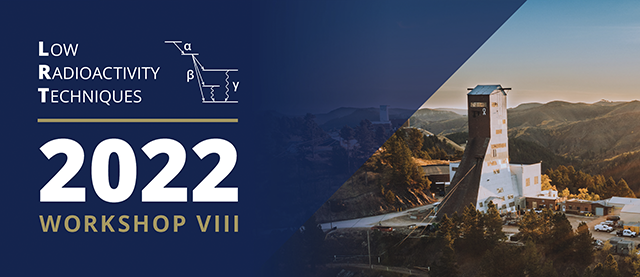Speaker
Description
The Jiangmen Underground Neutrino Observatory (JUNO) is a massive multi-purpose underground liquid scintillator detector whose primary scientific goal is the determination of the neutrino mass ordering by measuring the spectrum of the oscillated antineutrinos originating from two nuclear power plants at about 53 km distance. The JUNO detector consists of a central liquid scintillator detector of 20 kton of mass, submerged in a water pool used as a water Cherenkov veto detector, and a top muon tracker. Thanks to its excellent expected performance JUNO has a rich scientific program that covers many crucial open issues of neutrino and astro-particle physics. Due to low neutrino cross section, the expected signal rate of reactor antineutrinos is only of about 60 events per day. It is therefore crucial to keep under control all possible sources of background. Radioactive nuclides mainly originate from the materials used in the construction of the experiment and they are able to produce background events that can mimic the signal of interest, thus reducing the sensitivity of the experiment. JUNO goal sensitivity to determine the neutrino mass ordering requires a rate of background events lower than 10 Hz in the whole fiducial volume.
In this presentation I’m going to show the big efforts of the JUNO collaboration in order to reduce the impact of the natural radioactivity on the detector performances. First, I’m going to discuss one of the most critical and complex topics, that is how the selection is performed on different types of materials and nuclides, up to $10^{-15}$ g/g of contamination level. Other critical aspects are the controls applied during the mass production of all the detector parts to ensure that the radiopurity requirements are met, and the work carried out to keep under control all the environmental radioactivity sources, such as radon emanation and dust. Finally, I’m going to show the dedicated Monte Carlo simulation program that was used to evaluate the contribution of each source to the final background rate to identify particularly critical components.

